Pather Panchali (Song of the little road) is a 1955 Bengali film directed by Satyajit Ray. The film is based on Bengali author Bibhutibhushan Bandopadhyay’s novel by the same name, published in 1929. This film is regarded as a landmark film in the history of Indian and World Cinema and is considered as one of the best films ever made.
Cast
- Subir Banerjee ————- Apu
- Kanu Banerjee ————- Harihar Ray
- Karuna Banerjee ———- Sarbajaya
- Uma Dasgupta ————- Durga
- Chunibala Devi ————- Indir Thakrun
- Tulsi Chakrabarti ———- Village Pundit
The Story
Pather Panchali is the story of Apu, a small boy who lives with his family in a village in 1920s Bengal. Apu’s father Harihar Ray is a village priest who earns a meager living and is too meek to ask for the wages due to him. As a result, his family lives in penury. Apu’s sister, Durga, is forever stealing guavas from the neighbor’s orchards. All these add to the daily struggles of the mother, Sarbajaya’s life, notwithstanding her constant bickering with an old aunt who lives with the family. Once, the wealthy neighbor blames Durga for stealing a bead necklace. Sarbajaya bears the neighbor’s innuendos blaming her for Durga’s propensity to steal.
In their poverty, Apu and Durga manage to find happiness. They share the simple joys of life, such as sitting quietly under a tree, running after the candy man who passes through the village, viewing pictures in a bioscope shown by a traveling vendor, and watching a jatra by a troupe of actors. In the evening, they can hear the whistle of trains far away. One day they run away from home to catch a glimpse of the train. When they come back, they find their old aunt lying dead.
Unable to earn enough in the village, Harihar decides to go to the town to earn. He promises his wife that he will come back with good money so that they could repair their run-down house, however that does not happen. In his absence, the family sinks deeper into poverty. Sarabjaya grows increasingly lonely and despaired.
Monsoon arrives. One day Durga plays in the rain for a long time. As a result of this, she catches pneumonia with a high fever. As the family has no money to buy medicines, her condition worsens, and eventually on a stormy night, she dies. Soon Harihar returns to the village with the money he has earned while away. When he comes to show Sarabjaya the gifts he has brought from the town, she, who has been silent through the grief finally breaks down. It is then that Harihar knows that he has lost his daughter.
The family decides to migrate to a nearby town. As they pack their belongings Apu finds the bead necklace which Durga was accused of having stolen. He quietly throws the necklace in a pond. The film ends with the family leaving on an ox-cart.
Observation
Pather Panchali remains an iconic Cinema decades after it first released. Along with the other two films which followed it – Aparijito (1956) and Apur Sanshar (1959), this film forms the “Apu Trilogy”. Pather Panchali has a universal humanist appeal. It contains great moments of sadness, but, for the most part, it concentrates on the beauty of the world around us. Instead of resorting to melodrama to depict the miseries of life, the film decides to take them on with a straight face and full of human dignity.
Some critics have found the film to be too slow. Indeed, it develops its characters and the atmosphere slowly and resolutely, reaching a silent crescendo by the time the credits roll. Satyajit Ray wrote about the slow pace – “The cinematic material dictated a style to me, a very slow rhythm determined by nature, the landscape, the country. The script had to retain some of the rambling quality of the novel because that in itself contained a clue to the authenticity: life in a poor Bengali village does ramble.”
There are moments in the film which get etched in the minds of the viewers for eternity. For example, the scene where Durga and Apu discover a train is considered unparalleled in the anneals of Cinematography. The fact that this was the first film of both the director and the cinematographer, the later never having handled a video camera before, these scenes become even more unique. Similarly, the candy-man scene where Apu and Durga follow the pot-bellied candy-man selling sweets, with a stray dog joining them touches and jolts in it its own silent way. The scenes involving the old Indirin Thakur have been acclaimed as a great piece of art in themselves.
Critics’ Response
“The first film by the masterly Satyajit Ray – possibly the most unembarrassed and natural of directors – is a quiet reverie about the life of an impoverished Brahman family in a Bengali village. Beautiful, sometimes funny, and full of love, it brought a new vision of India to the screen.”
– Pauline Kael
“A beautiful picture, completely fresh and personal. (Ray’s camera) reaches forward into life, exploring and exposing, with reverence and wonder.”
– Lindsay Anderson
“One of the most stunning first films in movie history. Ray is a welcome jolt of flesh, blood, and spirit.”
– Jack Kroll, Newsweek
” As deeply beautiful and plainly poetic as any movie ever made. Rare and exquisite.”
– Hazel-Dawn Dumpert, L.A. Weekly
Awards
- 1955 – National Film Award for Best Film (Golden Lotus Award) National Film Award for Best Feature Film in Bengali (Silver Lotus Award) I India
- 1956 – Best Human Document I OCIC Award – Special Mention I 9th Cannes Film Festival I France Palme d’Or I
- 1956 – Vatican Award, Rome I Italy
- 1956 – Golden Carbao, Manila I Philippines
- 1956 – Diploma of Merit – Edinburgh International Film Festival I Scotland
- 1957- -Selznick Golden Laurel for Best Film – Berlin International Film Festival I Germany
- 1957 – Golden Gate for Best Director I Golden Gate for Best Picture – San Francisco International Film Festival I U. States
- 1958 – Best Film – Vancouver International Film Festival I Canada
- 1958 – Critics’ Award for Best Film – Stratford Film Festival I Canada
- 1958 – Best Foreign Language Film, National Board of Review Awards I United States
- 1959 – Best Foreign Film – New York Film Festival I United States
- 1966 – Kinema Jumpo Award for Best Foreign Film I Japan
- 1969 – Bodil Award for Best Non-European Film I Denmark
Trivia
- Rated as one of the best 100 films of all time by Time Magazine in 2005.
- The technical team consisted of several first-timers. Satyajit Ray had never directed anything and cinematographer Subrata Mitra had never operated a movie camera. However, both went on to establish themselves as great Cinema men.
- The film saw the debut by Pandit Ravi Shankar as a Music director.
- This film was shot piecewise over five years; often, production was halted due to lack of funds. Eventually, the West Bengal Government provided enough money for Satyajit Ray to complete the film. There was a time when Ray had to pawn his LPs and his wife’s jewelry to continue shooting.
- The Government of West Bengal provided a loan to Ray, allowing him to complete the film. This loan is listed in public records at the time as “roads improvement”, a nod to the film’s translated title.
- According to Ray, three miracles saved the film: “One, Apu’s voice did not break. Two, Durga did not grow up. Three, Indir Thakrun did not die.”
- Apu was spotted sitting on a neighbor’s terrace by the director’s wife.
- The film never had a complete script; it was made from Ray’s drawings and notes.
YouTube
Pather Panchali: A Living Resonance
Reference
- Wikipedia http://en.wikipedia.org/wiki/Pather_Panchali
- IMDB http://www.imdb.com/title/tt0048473/
- Life Film and Making of Satyajit Ray http://www.satyajitray.org/




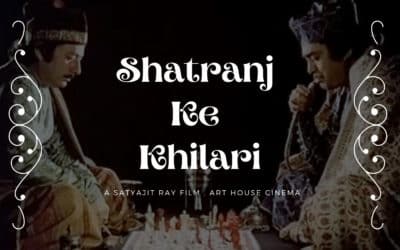
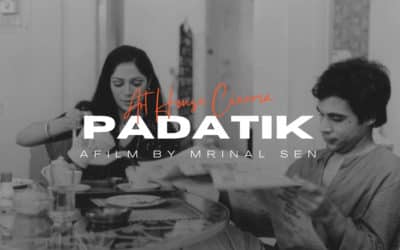
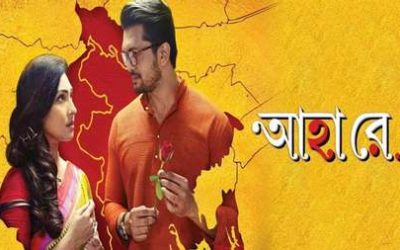
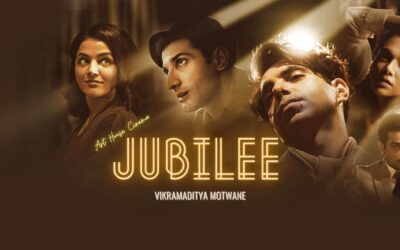
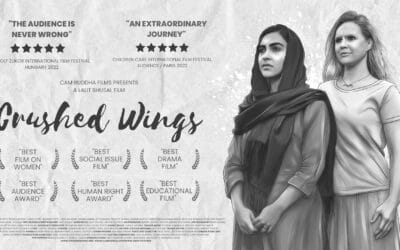
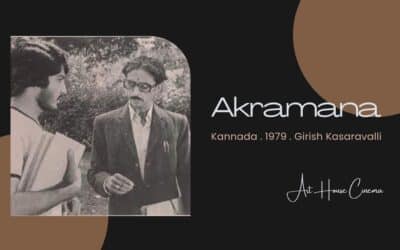
Wow! Never had a script? Director n cameraman new? I am amazed. But perhaps that is the way to go to bring a fresh look into cinema making. Apu trilogy is one of my favs. And at some level, the rural-urban split in the movie is a theme of Indian soul. Thanks for this site and for the gems.
First of all, thanks for being the first one to comment on this site :)
Yes, this film did not have a complete script and its scenes were mostly drawn from the sketches scribbled by Ray as he saw them in his mind. I think it was made possible because both the director and the cameraman were not professionals. Being first timers, they did not have the burden of responsibilities to do things in a set manner. This is where they succeeded. Pather Panchali is brutally realistic while being amazingly tender.